
Today is the Day of Multilingual Blogging 2014, and from my window on the world in Chisinau I have collected a few stories and testimonials in a few different languages. Chisinau has a vibrant international community and here is a little sample of the diversity this city has to offer.
Read our stories in…
French – The ladies of Comrat
Swedish – Washing your car in Chisinau
Dutch – The “pit” of Chisinau
German – Everything changes in four years
Yoruba language – The city of gentlemen
Urdu – The fertile ground of Moldova
Italian – Earning the smiles of strangers
English – The smell of my childhood
Russian/1– Cursed City of Chisinau
Russian/2 – When the acacias are blooming
Romanian/1 – Chisinau, thesis and antithesis
Romanian/2 – Experience Chisinau like a local
Amandine from France – French – The ladies of Comrat
Je suis arrivée à Chisinau il y a presque 3 ans. Et l’une des choses qui me touche le plus, c’est l’envie des Moldaves de partager leur histoire, malgré les obstacles linguistiques.
Trois mois après mon arrivée, une amie était en visite. Nous avons décidé d’explorer Comrat. J’avais commencé à apprendre le roumain mais quasiment personne ne le parle en Gagaouzie. La communication allait être difficile…
Mais non ! Dans l’église centrale, un groupe de grands-mères nous a invitées à partager quelques pommes et gâteaux secs, et nous avons parlé de nos impressions. Et alors que nous voulions visiter le musée de Comrat, qui semblait fermer, nous avons bénéficié d’une visite personnelle pendant deux heures. Notre guide nous expliquait l’histoire de la Gagaouzie et nous lui répondions avec nos quelques maigres connaissances de roumain.
Je garde un très bon souvenir de cette journée !
Annika Keller from Sweden – Swedish – Washing your car in Chisinau
En dag bestämde jag mig för att åka och tvätta bilen, mycket snart hittade jag en biltvätt. Vid infarten till tvätten satt ett gäng på 5-6 killar i 20-årsåldern och en äldre man. De tittade på mig, jag vevade ner rutan och frågade på min knaggliga rumänska om jag kunde åka in och fick först bara stirrande ögon till svar, men så gjorde den äldre mannen en gest att jag kunde åka in. Tvätten var inrättad i en stor industrilokal och därinne fanns flera bås för bilarna. En av killarna gick före och dirigerade vart jag skulle ställa bilen.
Jag vankade lite fram och tillbaka utanför byggnaden och kände hela tiden blickarna från killarna som fortfarande satt sysslolösa, vilket fick mig att fundera över att antingen så är det för att jag är kvinna, utlänning eller både ock som tycktes väcka sådan uppmärksamhet.
Under tiden jag stod där och väntade så dök det upp en ung man med en sportbag, han hade bagen full med saker han ville sälja. Han tyckte absolut att jag skulle köpa en hopfällbar fruktskål. När jag inte var intresserad av någon fruktskål så drog han upp den ena saken efter den andra, det var små glasprydnader, parfymer, armband etc etc. Plötsligt dök bossen upp, den äldre mannen som gestikulerat åt mig vid infarten, och ville veta vad han hade i väskan. Den unge försäljaren tog då upp en liten skulptur av en motorcykel, gjord av muttrar och skruvar. Ägaren var inte alls intresserad, men jag tyckte om den. Jag bad att få se på den, men blev totalt ignorerad och den lilla motorcykeln stoppades ner i väskan igen. Men jag stod på mig, jag bad återigen att få titta på den. Vår unge försäljare såg något förvirrad ut, som om han rådfrågade sig själv om hur han borde hantera den här märkliga situationen. Efter ett kort övervägande med sitt inre tog försäljaren i honom över och jag fick se på motorcykeln och jag köpte den.
Detta såg biltvätts-bossen och kom fram till mig, log och pekade på mitt inköp och sa att ”ja, det där blir en fin present till din man.”
Ja visst, blev mitt svar.
Om machism och könsroller finns mycket att säga i det här samhället, men det tar vi en annan gång.
För mindre än 100 svenska kronor blev bilen skinande ren, handtvättad, putsad och polerad, både in- och utvändigt.
Bilen måste snart tvättas igen, och min lilla motorcykel står så fin och pryder mitt hem här i Chisinau, Moldavien.
From the Netherlands – Dutch – The “pit” of Chisinau
Chisinau is een merkwaardige stad: het heeft geen ‘kern’, geen echt stadscentrum met leuke winkeltjes and cafes, ook al zijn ze daar wel (zij het ietwat klungelig) mee aan de slag. Maar het heeft wel ‘pit’: het is groen en nu in de herst rood-geel in een echte Indian Summer. Het heeft leuke eettentjes en steeds meer uitgaansgelegenheden. En in de zomer ruik je overal barbeque. En ja, de wijn, ongelooflijk dat de Moldaafse wijnen nog niet tot de Westerse markten zijn doorgedrongen! Chisinau, kort samengevat: nog onder de invloed van de Soviettijd, maar met een blik op Europa. Nog wel aardig wat werk aan de winkel, maar zeker potentie! Proost!
Gerhard Mann from Germany – German – Everything changes in four years
Als ich vor etwa vier Jahren das erste mal in Chisinau am Bahnhof ankam, sah es nicht wirklich einladend aus: am Bahnhofsvorplatz bröckelte der Putz von den Häusern, zwielichtige Gestalten lungerten herum, der große Platz vor dem Gebäude erinnerte nur noch spärlich daran, dass das mal eine Grünanlage gewesen sein muss.
Im Stadtzentrum war auch nicht viel los, gegenüber der Statue von Stefan dem Großen standen die Geschäfte leer, es wirkte alles ein bischen ausgestorben. Etwas außerhalb der Zentrums lag das “Mühlental”, ein alter Park, der auch schon bessere Zeiten erlebt hatte. Der See in der Mitte war zu einem Tümpel verkommen, überall stapelte sich der Müll ringsrum.
Wenn man jedoch heute nach Chisinau kommt, stellt man fest, es hat sich geändert. Sehr sogar und erfreulicherweise zum Guten! Wenn man heute am Bahnhof ankommt und diesen verlässt, blickt man auf einen großen, einladenden Platz der in der Mitte von einem Monument dominiert wird. Die angrenzenden Häuser machen das ganze zu einem kleinen Ensemble das den Charme einer Kleinstadt versrpüht. Und anstatt den herumlungendern Gestalten gibt es nun eine Flohmarkt am Ende des Platzes, wo es allerlei Krempel zu kaufen gibt.
Auch im Stadtzentrum findet man kaum mehr leere Gebäude. Neben vielen neuen Cafés, die liebevoll eingerichtet wurden, gibt es nun zum Beispiel eine kleine Fußgängerzone die auf den zentralen Punkt, der Kathedrale zuläuft. Das “Mühlental” wurde bereits aufwändig wieder hergestellt, an sonnigen Tagen flanieren Massen an Menschen um den See und genießen die Stimmung.
Die Stadt entwickelt sich definitiv zum Guten. Natürlich gibt es immer noch Dinge, die besser sein könnten. Ich hoffe, dass ich in vier Jahren darüber schreiben kann, wie sich alles verbessert hat!
Abayomi Ogundipe from Nigeria – Yoruba language – The city of gentlemen
Chisinau jegebi ilu ti awon eniyan se jeje. Ilu to kere ati wipe, ile wan si dara. Awon ibi di e di e ni ole lo lati lo je igbadun.
Saqib Mahub from Pakistan – Urdu – The fertile ground of Moldova
چار مختلف براعظموں اور دنیا کے تقریبا تمام کونوں کا سفر کرنے کے بعد، مالدووا چسیناؤ میں اپنے وقت کے ایک عظیم تجربہ رہا ہے. میں نے کبھی پہلے اس طرح کی فطرت کا لطف اٹھایا نہیں کیا ہے. ہمارے نئے مالک مکان کو یہ اچھا گھر کی خوبصورت باغ سے چیری سیب کے ساتھ ہمیں خوش آمدید کہا جب میں خزاں میں یہاں پہنچنے یاد ہے. موسم خزاں کے لئے موسم خزاں سے ایک سال کے بعد، میرے پاس چسیناؤ ایک قدرتی طور پر خوبصورت اور رنگا رنگ کی جگہ ہے. یہ قدرتی طور پر زرخیز زمین کے ساتھ، میں نے گھر بنایا الکحل اور کھانے کی چیزوں کے ساتھ، حقیقی نامیاتی پھل اور ہر قسم کی گری دار میوے کا لطف اٹھایا ہے. میں نے ہمیشہ مالدووا میں اپنے وقت کو یاد کرے گا.
Sandra Cavallo from Italy – Italian – Earning the smile of strangers
Le giornate stanno diventando più fredde, il cielo sempre più grigio, il sole più pallido – il mio secondo inverno a Chisinau sta per iniziare. Ieri sono andata in un posto che vendeva legno, lungo la strada, e il vecchio signore che mi ha fatto vedere sorridente le assi di pino per il mio pavimento mi ha detto tutto allegro, quando sono andata via: “tornate e chiacchieriamo ancora!”. Quando buco per strada, quando non trovo ciò che cerco nel mercato centrale, quando faccio benzina e poi scopro che ho lasciato i soldi a casa – mi commuovono i sorrisi degli uomini e delle donne che non conosco e che non esitano ad aiutarmi appena inizio una conversazione nel mio rumeno stentato. La gente non sorride senza motivo alla cassa di un negozio o per strada – ma che sorrisi si aprono dopo il primo contatto! Provate anche voi e mi direte.
Katie Dolta from Tiraspol, Moldova – English – The smell of my childhood
I’m a Moldovan whose native language is Russian, who was born in the capital of an unexistent country called Transnistria, which officially is a part of Moldova; I studied in Chisinau and am now living and working here. Sounds a bit complicated, isn’t it?
Chisinau. What can I tell about it? In different period of my lifetime I had different memories and opinions about this city.
First of all, it has ‘the smell of my childhood’. I was awarded for good behavior, or good studying, with a trip to Chisinau. Imagine how exciting it was for a 5 year-old child to make a 1,5 hours trip to a big city. It really seemed to be so big at that time, maybe comparing to my size. And the first memory is certainly the ‘gates’ of the city. I still remember how my mum was telling me that, when we will enter in Chisinau, I would see the big gates. And you can’t imagine how disappointed I was, and crying, because I didn’t see any locks, any people opening the gates. My child’s imagination had definitely drawn a different picture. But now for me, and I believe for all the people leaving here, the ‘gates’ are one of the symbols of Chisinau.
So Chisinau of my childhood is ‘the gates’ and certainly McDonalds. What else the child needs?
When I was 17 I moved to Chisinau for my studies. Being a student gives you opportunity to explore the city in a different way: cinemas, Pushkin’s theatre, cafes, beer places, clubs. But I couldn’t say that I knew the town by that time, or loved it. Honestly, I hated it. I felt that there was not enough space for me, that it was boring, not interesting, and nothing was going on here. And I took the first opportunity to move away from the city, and the country. I was abroad for 4 years, discovering totally different countries, cultures. And everytime I was coming home for holiday, and visiting Chisinau I was enjoying it more and more. I found it greener then most of the cities I have been to, I’ve seen people friendlier and more helpful here. Even though it might look like everybody is depressed here, don’t lose a chance to change your mind. There are so many new malls, business-centres, cinemas, places for entertaining.
Now I’m back, I’m working and living in Chisinau. And i’m pleasantly surprised how wrong I was.
It is a developing city, very green and warm, but in the same time not too crowded. There are so many young people here, who believe in good, who want and dream to change something. There is always something to do in Chisinau. Just follow Facebook. You see people in museums, more than before. There are so many activities for those who want to stay active: events in the theatres, scientific/educational expositions, programmes, events etc.
And certainly bars, cafes, coffee shop’s patiseries. My favourite place for now is Jack’s or maybe it is the fault shrimp soup there!
And my favourite thing to do here – to get lost in the city. I’m awful with geographical orientation, still don’t know the names of the streets and what is located where. But there is nothing better for me then taking a ‘walk away’ coffee in Tucano, to put on my favourite music and see in which part of the city I will end up. And for sure I will find something nice and interesting there. I don’t know if I will stay here, for how long, where I will be next. But I can say, I love Chisinau – even if still you feel the soviet influence – the wide streets in the centre, and even its famous Central Bazaar.
Rena Adilova from Chisinau, Moldova – Russian – Cursed City of Chisinau
“Проклятый город Кишинев…” – написал 2 столетия назад великий Пушкин. Без сомнения, он имел ввиду то, что приехав один раз в Кишинев, захочется возвращаться сюда еще много раз
Это желание, как допинг, будет постоянно сидеть в голове, пока не утолите его..
И этому есть причины: Кишинев – спокойный, дружелюбный, компактный город, с большим количеством парков, озер, мест, где можно провести интересно время, небольших кафе, баров и ресторанчиков с кухней на любой вкус. Смешение архитектурных стилей разных столетий, включая советское время, придает городу особый шарм..Приезжайте, не пожалеете!
Artiom Zavadovski from Balti, Moldova – Russian – When the acacias are blooming
Кишинёв трудно воспринимать столичным городом из-за своей провинциальности и умиротворённости, которая обычно не свойственна столицам. Такому восприятию ещё способствует слаборазвитая инфраструктура, а также малая площадь, на которой компактно расположился город. Я обожаю пешие прогулки по Кишинёву, особенно в ночное время, когда на улице мало машин и людей. Когда заканчивается вечеринка в моём любимом баре «Спэлэторие» и общественный транспорт уже не ходит, а на относительно дешёвое такси не хватает денег, из центра домой – в спальный район – я иду пешком. Особенно я люблю это делать в начале лета, когда стоящие вдоль дороги акации находятся в состоянии цветения и источают невероятный аромат, который заставляет тебя любить этот пошарпанный, но оттого не менее уютный город ещё больше.
Natalia Efros from Chisinau, Moldova – Romanian – Chisinau, thesis and antithesis
Chișinăul de azi mai păstrează amprenta aerului sovietic, în același timp având zone profund modernizate, în care soarele face iepurași de lumină pe sticlele clădirilor extrem de înalte, iar terasele de la parter, cu măsuțe în stradă mimează stilul franțuzesc. Dacă vrei să descoperi antiteza Chișinăului e suficient să faci o promenadă în partea veche a orașului, care mai păstrează clădiri cu obloane și pavaj aranjat stângaci, iar apoi să servești cafeaua la terasele în stil high-tech. Cei care vin la Chișinău zic că e un oraș foarte verde, probabil au dreptate, mai ales când traversezi străzile 31 August, sau V. Pârcălab.
La Chișinău poți descoperi bucătăria tradițională îmbrăcate în cea europeană, poți descoperi vinuri minunate, savurate cu precădere în anturaje stilate, pentru confirmare puteți merge la Carpe Diem.
Plimbări cu troleibuzul, Muzeul de Etnografie, Parcul Ștefan cel Mare, scuarul Eminescu cu lucrușoare în stil național, înghețata Plombir și zeama de casă cu tăiței le poți găsi ușor și savura din plin.
Natalia Ciobanu from Chisinau, Moldova – Romanian – Experience Chisinau like a local
Îmi iubesc orașul sincer și desăvîrșit. N-am să-l laud, că-i al meu și-mi e drag, de aceea te invit să-l vizitezi. Aici m-am născut, aici îmi petrec viața și pot să-ți dau unele indicii cum să-ți petreci timpul liber, bineînțeles subiective pentru că am să-ți recomand locurile mele preferate.
Chișinău este un oraș foarte verde, de aia te-aș sfătui să-l vizitezi primăvara, vara sau toamna. Unul din avantajele orașului meu: el este relativ mic și-ți oferă posibilitate să te deplasezi pe jos. Fă o drumeție, de exemplu de-a lungul străzii 31 August 1989, ca să prinzi izul caselor vechi din Chișinău.
Trebuie neapărat să mergi și în parcul ”Valea Morilor”, nu contează ce timp alegi: pe lumină sau noapte. Dimineața savurezi calmul lacului, seara cînd se aprind felinarele atmosfera devine romantică. E de altfel locul preferat al joggerilor și al cicliștilor, nemaivorbind de numeroasele persoane ieșite la plimbare. Dacă ai timp, mai fă o plimbare în parcurile ”Grădina Botanică” și ”Dendrariu”.
Poți savura o cafea gustoasă într-un local decorat cu dragoste dacă mergi în cafenelele Tucano, din str. Puskin sau B. Bodoni.
Merg des și recomand tuturor restaurantul Propaganda din str. A. Sciusev 70, unde întotdeauna te întîmpină o atmosferă plăcută atât pentru cină cât și pentru pălăvrăgelile cu prietenii. Unul din restaurantele mele preferate este Grill House din str. Armeneasca 24, pe lîngă bucatele delicioase, acolo în fiecare seară cîntă un trio de jazz, începînd cu ora 20.00, iar băieții sunt pur și simplu minunați.
De fapt în Chișinău sunt o mulțime de localuri, pe placul oricui, vezi linkul pentru mai multe detalii http://www.fest.md/ro/locuri/restaurante – tot aici poți vedea și tot felul de evenimente, party, expoziții, concerte ce se organizează în oraș.
Pentru o atmosferă neformală, nu trece cu vederea localurile: Tipografia 5 din str. Vlaicu Pircalab 45; Art-Labyrinth din str. Sciusev 93 (incinta muzeului Zemstvei), SPĂLĂTORIE din str. M. Eminescu 72. În localurile acestea se fac tot felul de workshopuri, evenimente, spectacole, se dansează, se cîntă muzică bună, se comunică.
Și ca să nu ignorăm arta… La galeria ”Constantin Brâncuși” din bd. Ștefan cel Mare 3, își expun lucrările pictorii moldoveni și nu numai. Mai încearcă și ”Galeria L” din str. București 64 colț cu str. Pușkin și galeria ”Alexander” din str. B. Bodoni 41.
În general la Chișinău poți peterece minunat timpul liber J. Sunt multe concerte și spectacole, iar la sfârșit de septembrie se desfășoară festivalul ”Etno Jazz”, unde vine lume talentată, din diferite țări, ca să delecteze spectatorii cu sunete sofisticate și originale. Pentru detalii, click aici http://www.trigonjazz.com/f2014/.
Să vii neapărat! 🙂
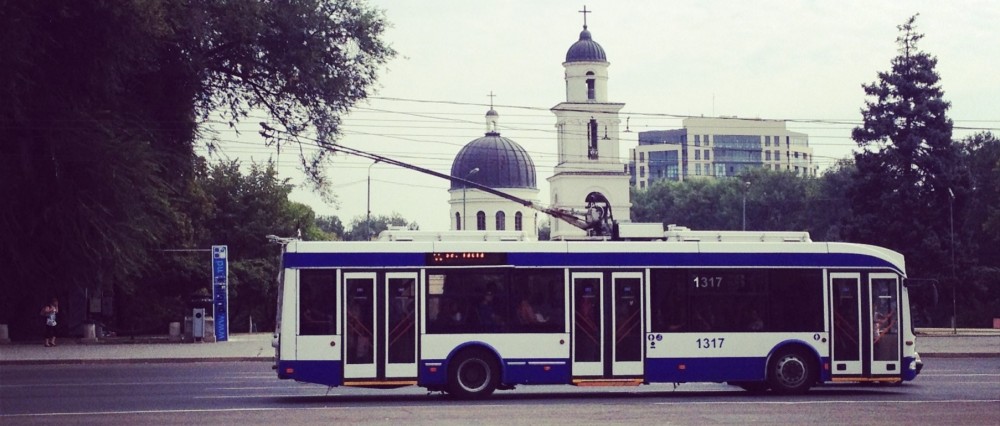

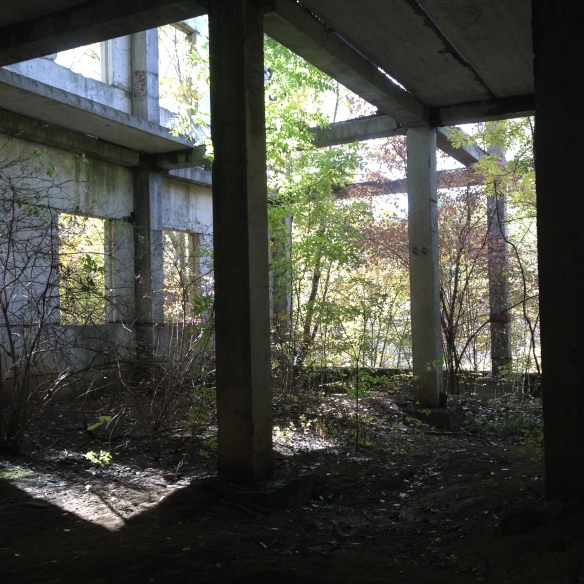
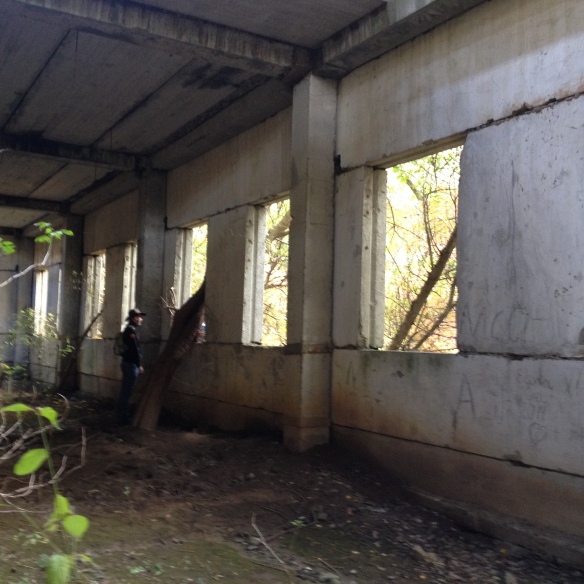
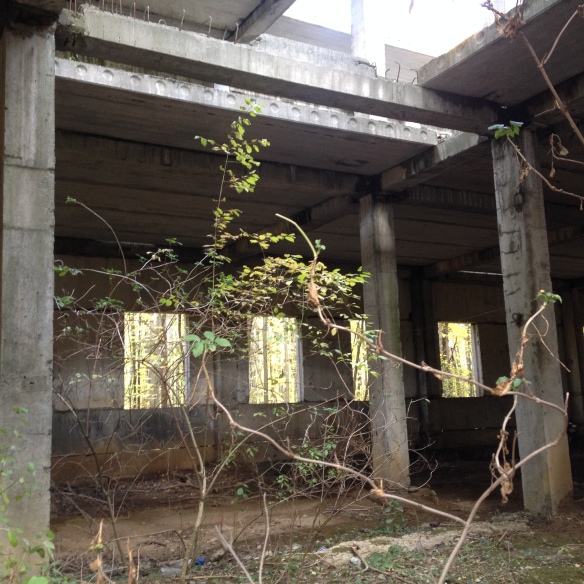



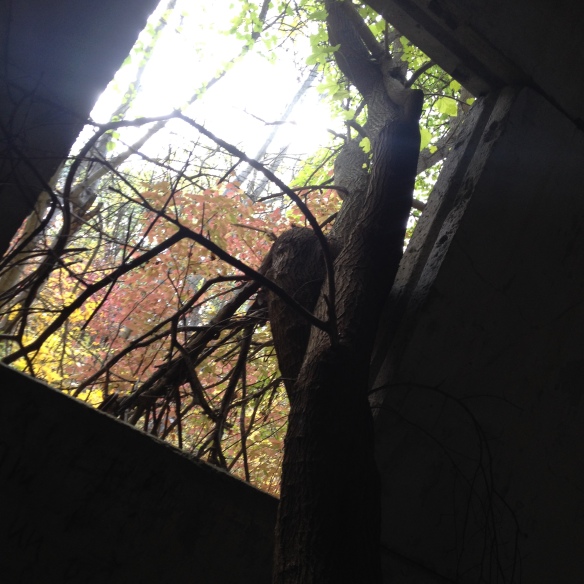

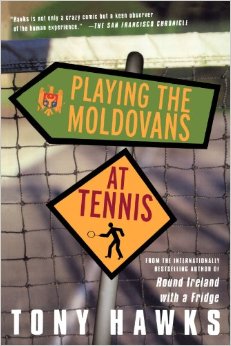

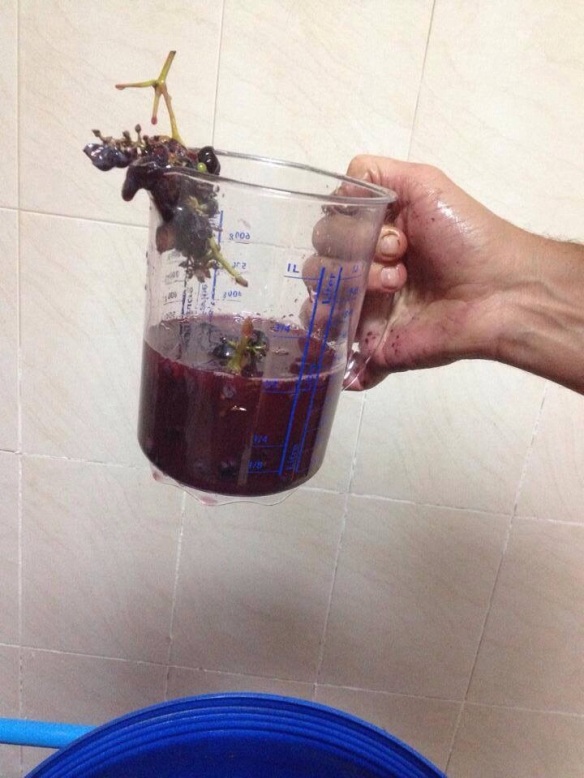

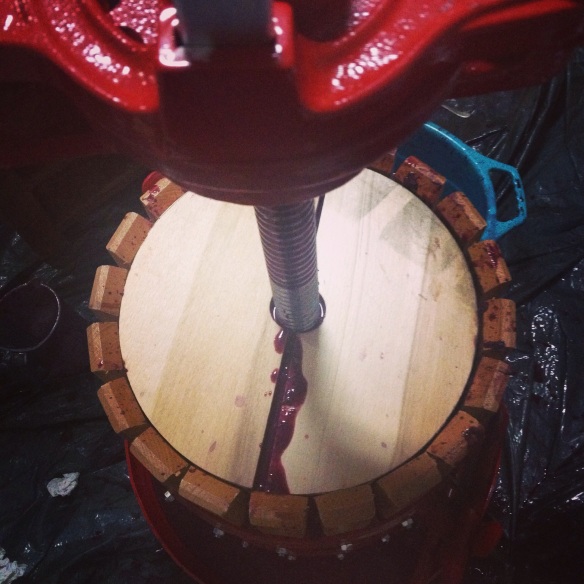
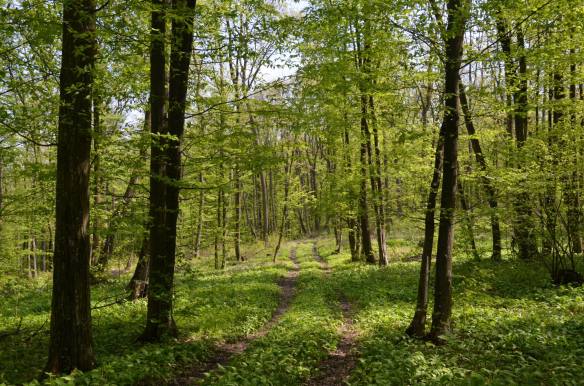
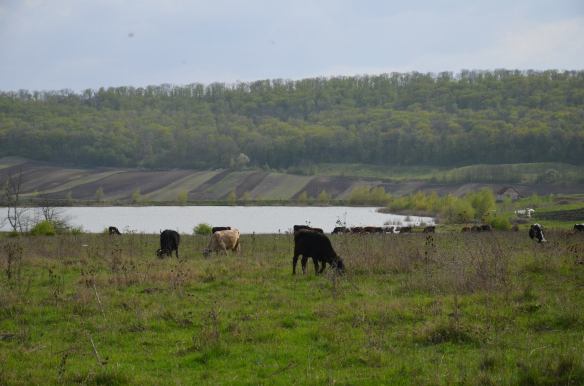
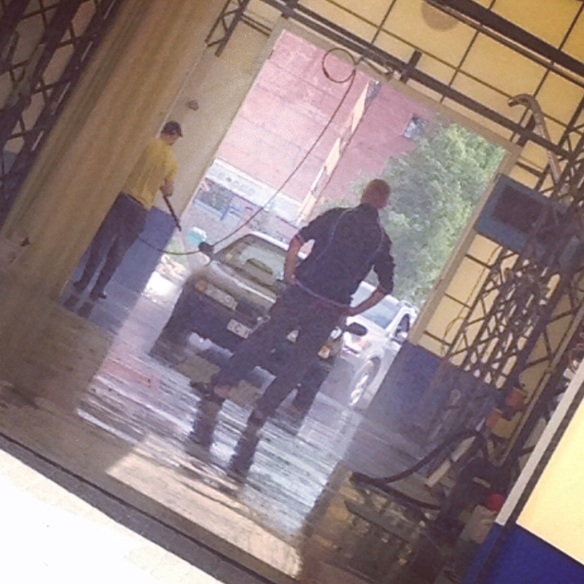
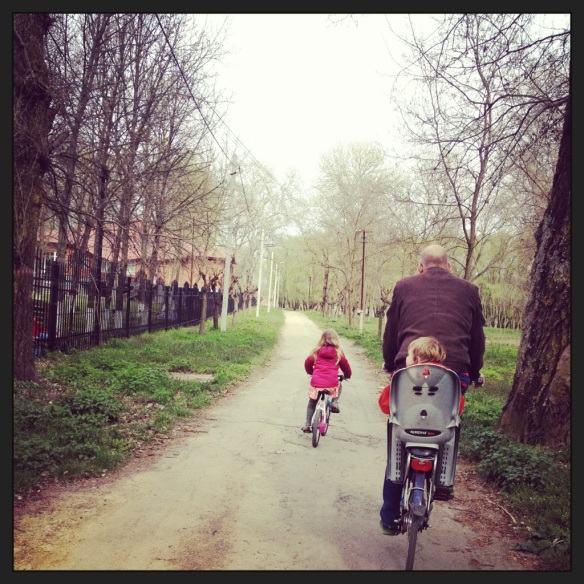
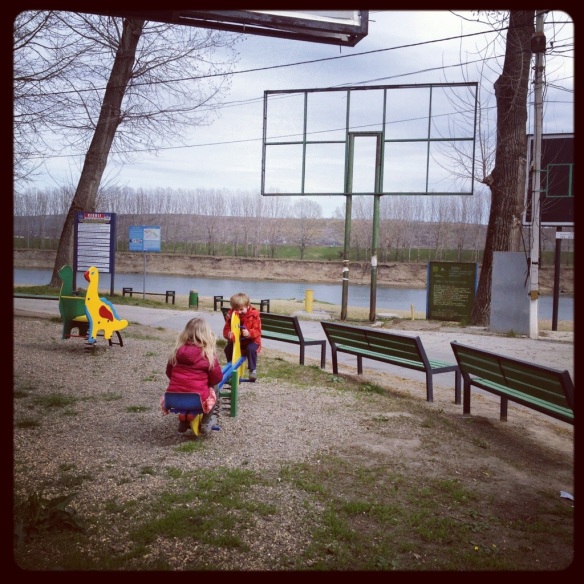

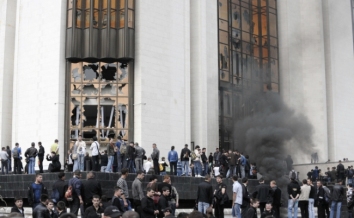 itical régime…
itical régime…
